Unused Federal Property for Homeless Assistance: An Examination
The federal government holds thousands of properties that agencies no longer need to accomplish their missions. When the government disposes of unneeded properties—through transfer, donation, or sale—it generates savings by eliminating maintenance costs. In addition, when state or local governments, nonprofits, or businesses acquire unneeded federal properties, they may be used to provide services to the public, such as temporary housing, or contribute to economic development. Title V of the McKinney-Vento Homeless Assistance Act enacted in 1987 created a program to assist the homeless, in part, by identifying unused federal real property and making it available to homeless assistance providers. This book examines the identification and transfer of federal real property to homeless assistance providers; and the benefits and challenges homeless assistance providers and national advocacy organizations reported in identifying, acquiring, and using federal real property, and the potential actions that could help to address these challenges. This book also provides an explanation of the central role played by the General Services Administration (GSA) in the disposal of federal real property at most agencies. It then provides a discussion of the unique disposal processes at DOD and the U.S. Postal Service (USPS), which each have independent statutory authority to dispose of their own properties. It concludes with an overview of the environmental and historic preservation requirements that apply to the disposal of properties at all federal agencies.
{{comment.content}}
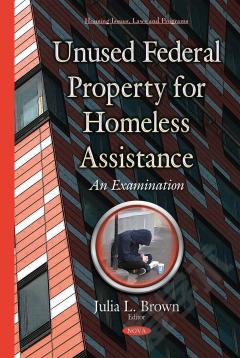
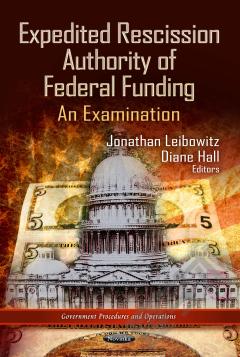

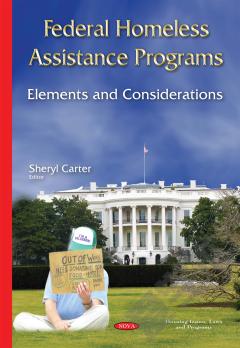
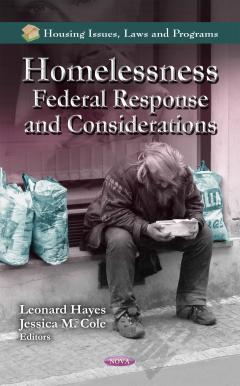
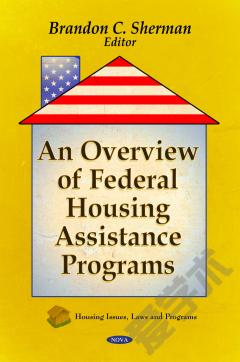
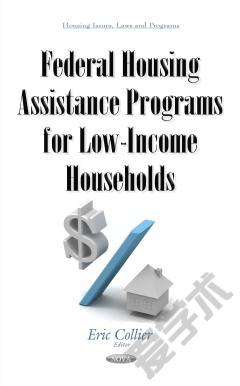

 京公网安备 11010802027623号
京公网安备 11010802027623号